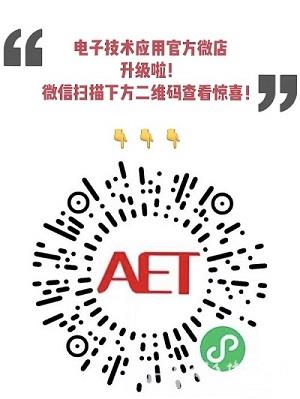文獻標識碼: A
DOI:10.16157/j.issn.0258-7998.222717
中文引用格式: 汪浣沙,黃瑞陽,宋旭暉,等. 基于動態(tài)圖注意力聚合多跳鄰域的實體對齊[J].電子技術(shù)應(yīng)用,2022,48(11):51-56.
英文引用格式: Wang Huansha,Huang Ruiyang,Song Xuhui,et al. Entity alignment based on dynamic graph attention aggregation in multi-hop neighborhood[J]. Application of Electronic Technique,2022,48(11):51-56.
0 引言
實體對齊任務(wù)指利用模型或算法判斷多個不同表示的實體是否指代現(xiàn)實世界中的同一對象,隨著知識圖譜因其結(jié)構(gòu)性表示知識等優(yōu)勢而在各大自然語言處理與計算機視覺領(lǐng)域任務(wù)中廣泛應(yīng)用,實體對齊作為知識圖譜補全任務(wù)的重要組成部分受到越來越多研究者的關(guān)注。
現(xiàn)有實體對齊方法主要分為基于轉(zhuǎn)移距離模型與基于圖卷積網(wǎng)絡(luò)模型,即利用轉(zhuǎn)移距離模型或圖卷積網(wǎng)絡(luò)將多源實體表示為低維向量并計算相似性以找到對齊實體對。目前主流的基于圖卷積網(wǎng)絡(luò)的實體對齊模型常使用傳統(tǒng)的靜態(tài)圖注意力網(wǎng)絡(luò)對實體進行特征提取與語義建模,但靜態(tài)圖注意力網(wǎng)絡(luò)注意力函數(shù)存在單調(diào)性,即對于任意查詢節(jié)點i,圖注意力網(wǎng)絡(luò)都傾向給予同一節(jié)點j更高的注意力權(quán)重,這將會嚴重影響網(wǎng)絡(luò)的特征提取能力。而文獻[1]所提出的動態(tài)圖注意力網(wǎng)絡(luò)中每個查詢(Query)對鍵(Key)的注意系數(shù)都有不同的排序,因此具有更強的表示能力。圖1展示了靜態(tài)與動態(tài)圖注意力網(wǎng)絡(luò)注意力傾向示意。
本文詳細內(nèi)容請下載:http://forexkbc.com/resource/share/2000005004。
作者信息:
汪浣沙1,2,黃瑞陽1,2,宋旭暉3,余詩媛3,胡 楠3
(1.國家數(shù)字交換系統(tǒng)工程技術(shù)研究中心,河南 鄭州450002;
2.中國人民解放軍戰(zhàn)略支援部隊信息工程大學(xué),河南 鄭州450002;3.鄭州大學(xué) 軟件學(xué)院,河南 鄭州450001)


